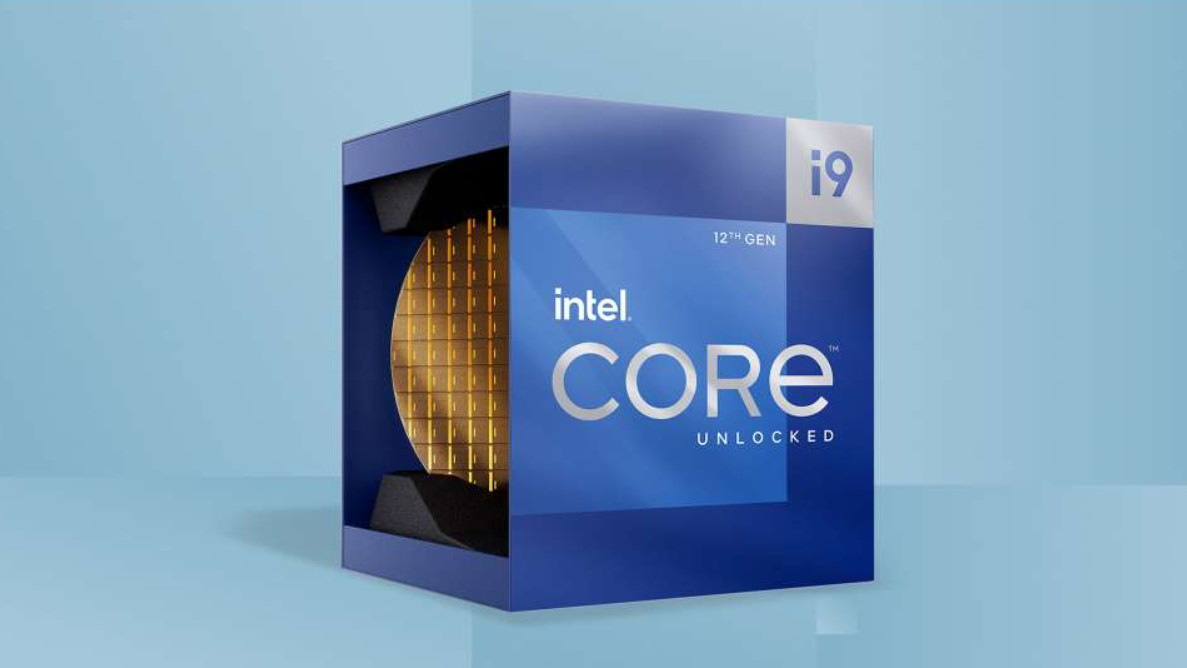Intel admits Alder Lake CPUs can break Chrome or Edge – but there are fixes
Alder Lake integrated GPU bug is making the browsers unbearably laggy

A fair number of Intel’s Alder Lake processors (with a specific model of integrated GPU) are causing havoc with Chromium-based browsers – like Chrome and Edge – by making those apps ridiculously laggy.
We’re talking about clicking on something in the browser and having to wait two whole seconds for that click to actually register, with scrolling down a web page being extremely choppy to boot. Basically, the whole browsing experience can become seriously painful for users with the affected Intel chips.
Those would be Alder Lake processors with built-in Intel UHD Graphics 770 – which includes a number of popular 12900, 12700, 12600 and 12500 models – as the driver for that integrated graphics solution appears to be causing said browsers to “behave like they are semi-frozen” in Intel’s own words (as flagged on Twitter by @momomo_us).
Chromium-based Web Browsers Lagging on Intel® 12th Generation Intel® Core™ Processors with Intel® UHD Graphics 770https://t.co/DFYktBn80MJuly 6, 2022
So, is it possible to ‘defrost’ Chrome or Edge in these semi-frozen cases? Well, it is theoretically, or at least Intel offers up some troubleshooting advice for anyone who might have been hit by these issues (which may only show up, or at least be more likely to, if you have lots of tabs open in the browser – and that obviously makes sense).
Analysis: The usual drill for troubleshooting
Much of Intel’s advice follows the lines you might expect about ensuring your software is up to date. That means making sure that the browser is the latest version, and also running any pending Windows updates, and ensuring the OS is on the most recent version, too.
As this is a GPU issue, it’s no surprise that Intel also suggests a clean installation of the graphics drivers (to that end, helpful links are provided in the Intel support document here).
A final thing to try is disabling hardware acceleration on the browser (find this in Settings > System, where there’s a slider to turn it off in Chrome – and it’s the same for Edge, except it’s under the System and Performance panel).
Are you a pro? Subscribe to our newsletter
Sign up to the TechRadar Pro newsletter to get all the top news, opinion, features and guidance your business needs to succeed!
Intel also observes that switching from a hard disk drive to an SSD is another remedy, but a pretty extreme one when compared to the above switch flicking or software updates.
At least most of the potential solutions provided are relatively easy to implement, and one of them will hopefully help any Chrome or Edge users getting bogged down in this GPU driver mire.
Obviously it’s not a great look for Intel to have a driver gremlin popping up and causing serious trouble like this, at a time when it seems to be the case that drivers for its incoming Arc Alchemist desktop graphics cards are rumored to be the cause of the delay of the global rollout of these products (which are currently only out in China).
Via Tom’s Hardware
Darren is a freelancer writing news and features for TechRadar (and occasionally T3) across a broad range of computing topics including CPUs, GPUs, various other hardware, VPNs, antivirus and more. He has written about tech for the best part of three decades, and writes books in his spare time (his debut novel - 'I Know What You Did Last Supper' - was published by Hachette UK in 2013).